
BIO-DL was established in 2013, located in Songjiang District, Shanghai, China, with an office area of more than 3,000 square meters; it is a comprehensive company integrating R&D, production and trade, and has a worldwide sales network and service centers. BIO-DL is dedicated to offering high quality technology products and services, as well as creating pleasant experiences for the users.
Product Introduction of Microdrop Plus Nucleic Acid Analyzer Ultra Micro Spectrophotometer
BIO-DL Microdrop Plus is a ultra micro spectrophotometer which can measure the optical absorption of a micro volume of samples rapidly and accurately, and is easy to use due to its big touchscreen and visual interface. It is commonly used to measure the concentration of DNA/RNA/protein and other bio-molecular samples, the sample loading requirement of each measurement is low and the measuring concentration range is wide.
Features of Microdrop Plus Nucleic Acid Analyzer Ultra Micro Spectrophotometer
1. High sensitivity
Adopting the new generation 2048 linear array CCD detector, it has high sensitivity, high precision, and repeatability.
2. Stability
Long life flashing xenon lamp ensures the stability of detection and the service life of the instrument. The lifting detection base of sliding bearing structure has high accuracy.
3. Ultra wide wavelength range
Continuous full wavelength range of 185-910nm, selecting any wavelength band, can detect more types of samples, wider near-infrared wavelength range, and adapt to diverse detection requirements.
4. Flexible setting of optical path length
The minimum detection optical path is 0.05mm, and high concentration samples can be measured directly without dilution. The maximum detectable amount is~15000ng/μ l dsDNA, and the minimum detection volume for precious samples is 0.5 μl.
Users can customize settings for optical paths greater than 1mm, providing flexible and convenient detection functions.
5. Accurate optical path length
The stepper motor combined with the unique dual trajectory precise positioning (DPTL) technology achieves an optical path accuracy of 0.001mm, thereby achieving high repeatability in absorbance detection.
6. Dual detection mode
Micro pedestal mode - uses liquid surface tension to form a liquid column between two optical fibers, and the optical path can be automatically adjusted.
Colorimetric dish mode - a colorimetric dish detection mode with magnetic stirring function, and can set heating function and stirring rate for dynamic analysis and detection; User defined optical path lengths of 1, 2, 5, and 10mm.
7. Large screen touch control
7-inch high-definition touch screen operation, no need to connect to a computer, results can be directly displayed and stored on a single machine, achieving compactness and flexibility, without the hassle of data cables. Built in large capacity memory, capable of storing ≥ 8000 sets of data, and data can also be exported and stored separately through a data cable or USB drive.
8. Wireless connection
You can choose WiFi to connect to the computer, control detection and result display, storage, and say goodbye to messy data cables. Remote control and timed reading of results are achieved in dynamic testing without the need for manual intervention.
9. Intelligent automatic detection
After loading the sample, close the upper arm for testing, and there is no need to click on the testing icon on the software interface to automatically detect, further saving users testing time.
10. powerful software features
The running interface is simple and intuitive, and data is automatically saved. Set up USB upgrade interface to maintain the latest and most comprehensive features at all times.
BIO-DL Microdrop Plus ultra micro spectrophotometers have been widely used in various fields due to their high sensitivity, high precision, and micro detection characteristics.
Biomedical field
Nucleic acid research: It can accurately measure the concentration of DNA and RNA, providing important basic data for gene cloning, gene expression analysis, PCR experiments, etc. It can also evaluate the purity of nucleic acid samples and determine the presence of proteins, phenols, or other pollutants by calculating the A260/A280 and A260/A230 ratios.
Protein analysis: It can directly test protein concentration at a wavelength of 280nm, and can also use colorimetric methods such as BCA, Bradford, etc. for protein quantitative analysis. It is commonly used in experiments such as protein purification, proteomics research, enzyme activity determination, etc.
Cell Biology: By detecting the absorbance of cell cultures, the growth and proliferation status of cells can be monitored. For example, in cytotoxicity and apoptosis experiments, it helps researchers understand changes in cell numbers and the vitality status of cells.
Clinical diagnosis: used to determine biochemical indicators in body fluids, such as the content of proteins, enzymes, bilirubin and other substances in serum, providing a basis for disease diagnosis, treatment and monitoring. It can also be used for quantitative detection of viral nucleic acids, assisting in the diagnosis and assessment of infectious diseases.
In the field of drug research and development
Drug content analysis: It can accurately determine the concentration of active ingredients in drug solutions, which helps with quality control and dosage optimization of drugs, ensuring their effectiveness and safety.
Purity testing: detecting the impurity content in drugs, evaluating the purity of drugs, is of great significance for quality monitoring in drug development and production processes.
Reaction kinetics research: Monitor concentration changes during drug synthesis reactions or interactions between drugs and biomolecules, obtain kinetic parameters such as reaction rate and equilibrium constant, and provide theoretical support for drug design and mechanism of action research.
Environmental testing field
Water quality analysis: detecting the concentration of trace heavy metal ions, organic matter, algae and other pollutants in water, evaluating the degree of water pollution, and providing data support for water treatment and water resource protection.
Atmospheric monitoring: Measuring the concentration of gaseous pollutants such as sulfur dioxide, nitrogen oxides, volatile organic compounds, etc. in the atmosphere to assist in monitoring the quality of the atmospheric environment and controlling air pollution.
In the field of food science
Nutritional analysis: detecting the content of protein, vitamins, minerals and other nutrients in food, providing data for nutritional evaluation and formula design of food.
Pollutant detection: Determine the concentration of trace pollutants such as additives, heavy metals, pesticide residues, etc. in food to ensure food safety and provide technical support for food quality control and supervision.
Microbiology field
Bacterial growth monitoring: Using the OD600 optical path detection system, quickly monitor the growth concentration of bacteria and other microorganisms, understand the growth curve and status of microorganisms, and provide guidance for fermentation engineering, microbial cultivation, etc.
Microbial metabolite analysis: detecting the concentration of metabolites produced during microbial fermentation, optimizing fermentation conditions, and improving product yield and quality.
In the field of chemical analysis
Solution concentration determination: Determine the concentration of metal ions, organic compounds, etc. in a solution to provide data support for chemical synthesis, analytical chemistry, and other experiments.
Reaction kinetics research: Real time monitoring of concentration changes of reactants and products during chemical reactions, studying reaction rates, reaction mechanisms, etc., providing theoretical basis for optimization and control of chemical reactions.
Pedestal mode of Microdrop Plus Nucleic Acid Analyzer Ultra Micro Spectrophotometer
| Wave range | 185-910nm |
| Maximum sample size | 0.5ul |
| Wave accuracy | 1nm |
| Resolving power | <1.8nm(FWHMatHg253.7nm) |
| Optical path | 1mm(can be auto-adjusted to 0.05mm) |
| Lower limit of measurement | 2ng/uL (dsDNA) |
| Upper limit of measurement | 15,000ng/uL(dsDNA) |
| Absorption accuracy | 0.002Abs (1mm optical path length) |
| Accuracy of absorbance | 3%(0.65 Abs at 350nm) |
| Absorption range | 0.02 -300 (equivalents to 10mm optical path) |
| Measuring speed | <5s |
Cuvette mode of Microdrop Plus Nucleic Acid Analyzer Ultra Micro Spectrophotometer
| Beam position | 8.5mm above the bottom |
| Temp. control accuracy | 37+0.5°C |
| Stirring speed | 150-850rpm |
| Optical path | 1,2,5,10mm alternative |
| Absorption range | 0.002-1.5 |
| Concentration measuring range | 0.4-750 ng/uL(dsDNA) |
Packaging & shipping of Microdrop Plus Nucleic Acid Analyzer Ultra Micro Spectrophotometer

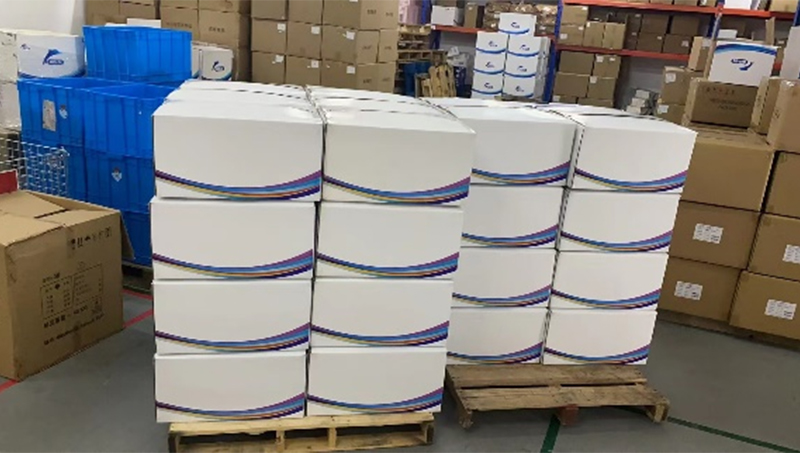
Our Factory
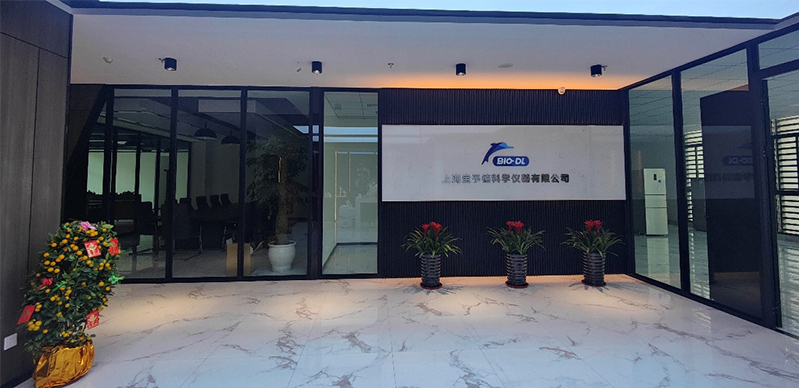
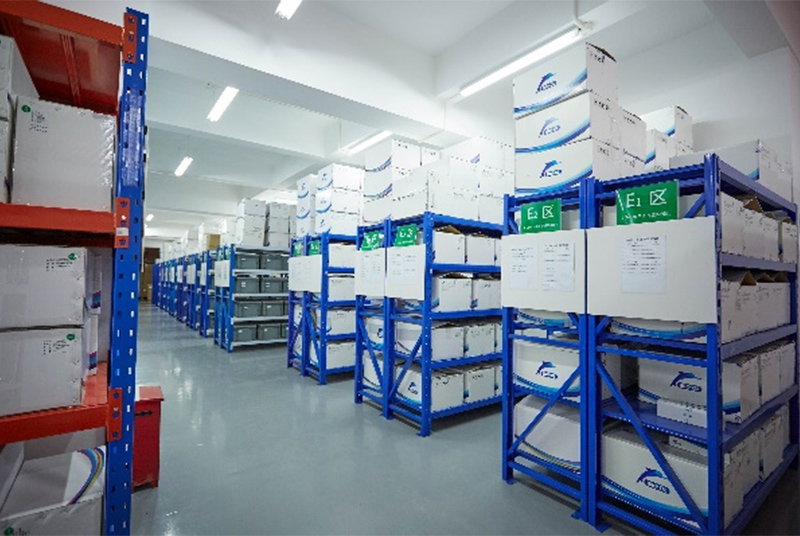
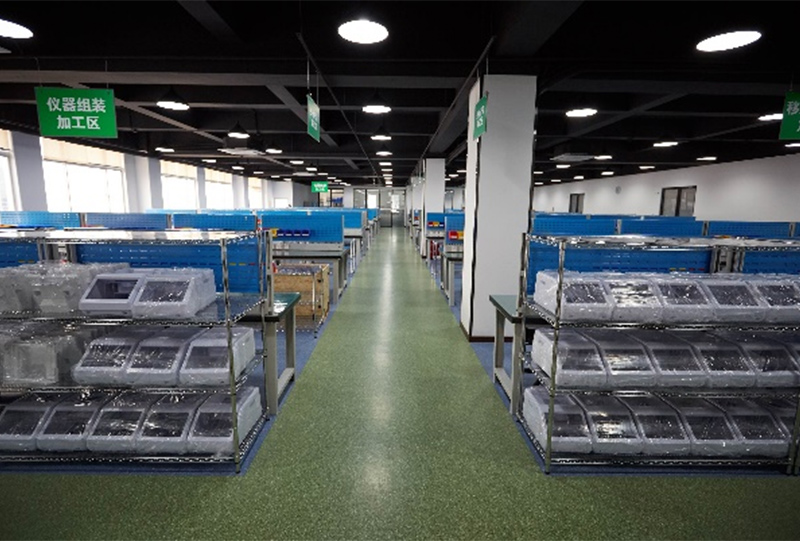
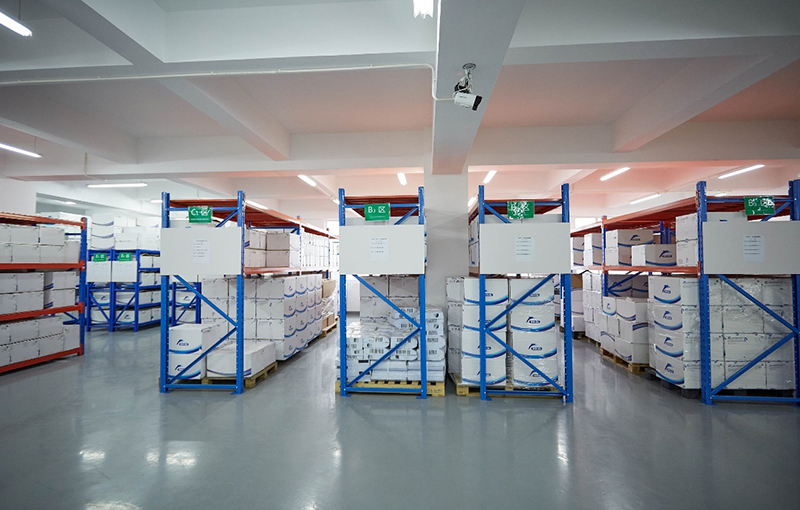
Our Team
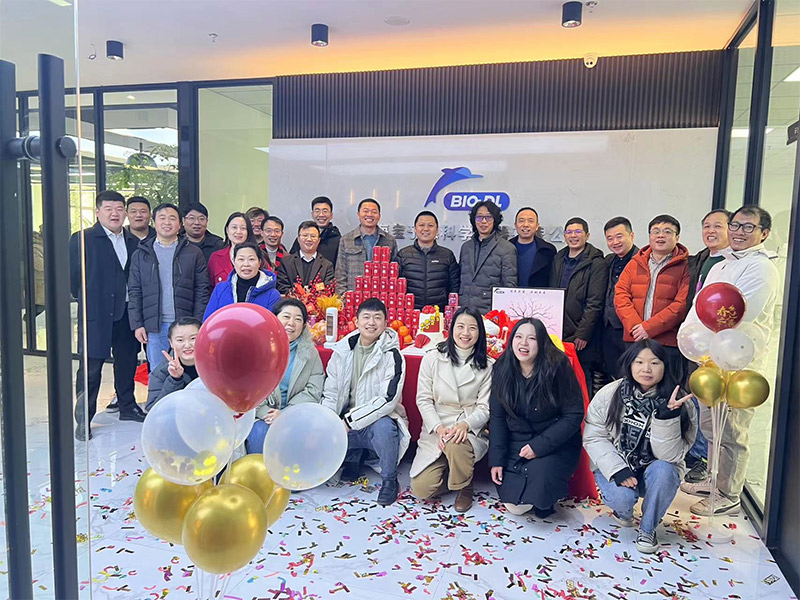

Our Client
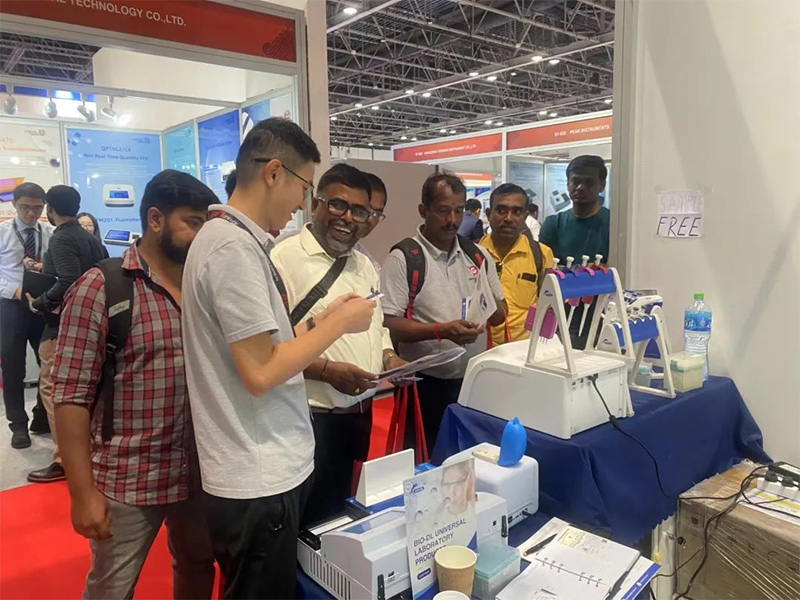
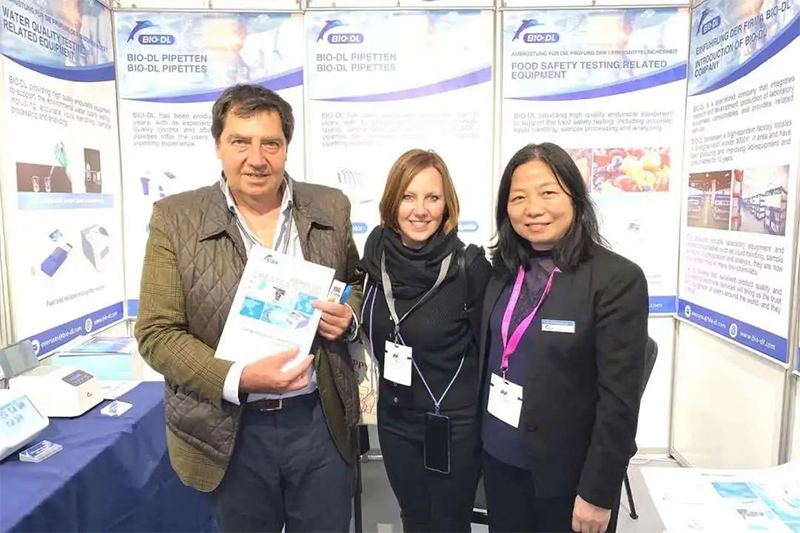
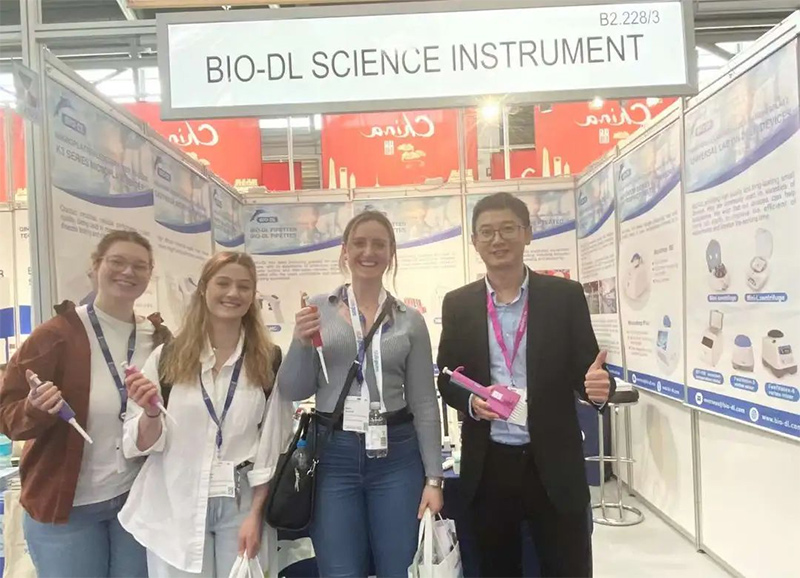
FAQ
Q: How about quality of the goods?
A: All the running products comply with CE standards.
Independent quality inspection team, conducting multiple inspections and random inspections from parts supply to product dispatch.
Q: Is OEM service available.
A: All of the running products are available for OEM customization, including logo and package.